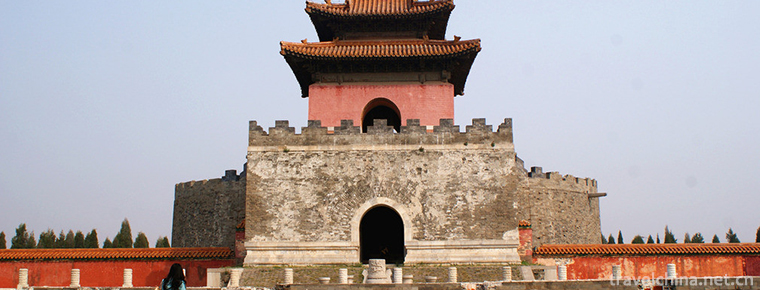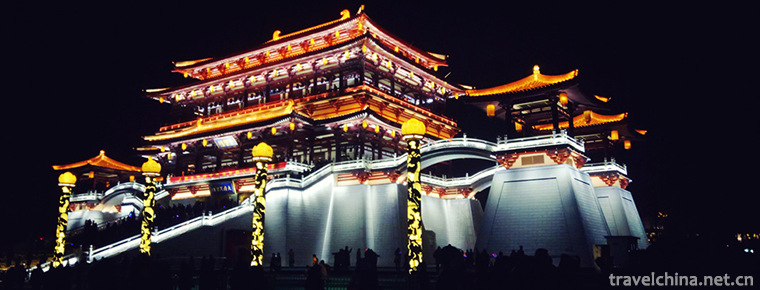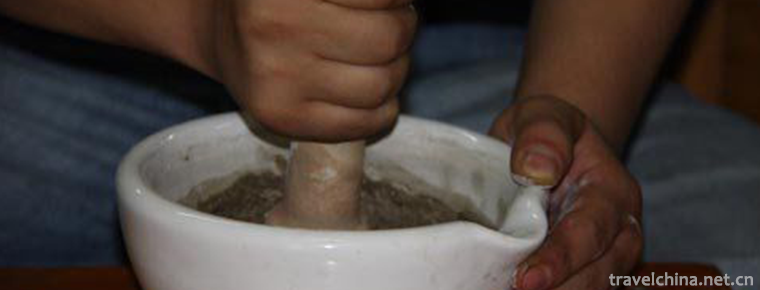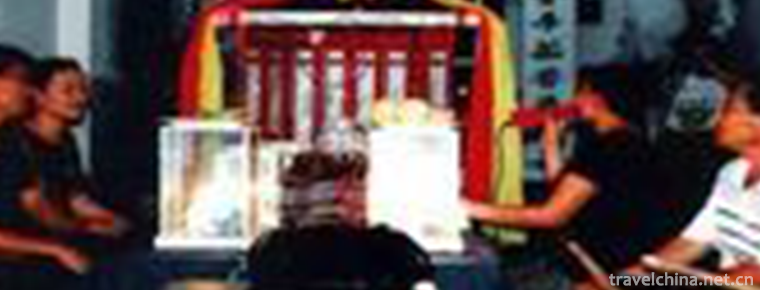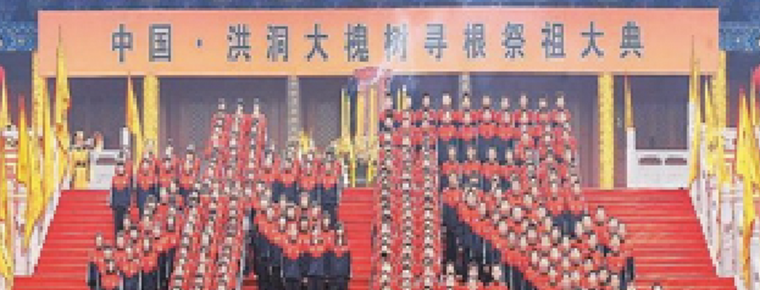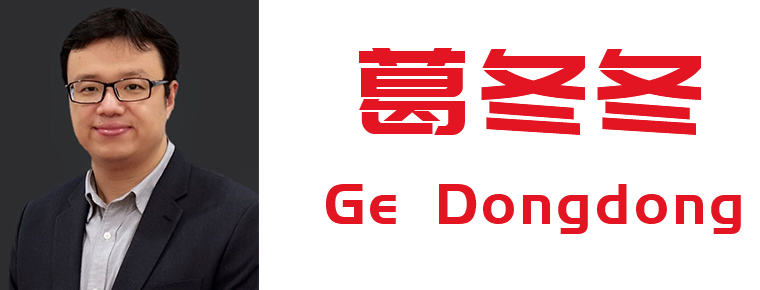Southwest University of Science and Technology
Southwest University of Science and Technology
Southwest University of Science and Technology is located in Mianyang City, Sichuan Province. The school is a university built jointly by the Sichuan Provincial People's Government and the Ministry of Education. The Sichuan Provincial People's Government and the State Bureau of Defense Science, Technology and Industry have jointly established the university, which has been designated by the Ministry of Education as one of the 14 key universities in the western part of China. Former Standing Committee of the Political Bureau of the Central Committee and Vice Premier of the State Council, Comrade Li Lanqing praised the school's "co-construction and regional joint production, education and research" as a way to run a school with its own characteristics. Chen Yongcan, the current Secretary of the Party Committee of the school, and Dong Faqin, the principal of the school.
Since its establishment, the school has been relocated several times, and has gone through an extraordinary process of entrepreneurship, development and growth. On August 23, 2000, the Ministry of Education approved the merger of Southwest Institute of Technology and Mianyang College of Economics and Technology to establish Southwest University of Science and Technology. The campus covers an area of 4131 mu, with beautiful environment and perfect facilities. It is a good place to study and study. The existing building area of the school is 117,000 square meters, the total fixed assets is 2.3 billion yuan, and the value of teaching, scientific research and equipment has reached 716 million yuan. The School Library covers an area of 378,800 square meters. It has more than 2.2 million books in paper and 7.81 million books in e-books.
The school has more than 34,000 graduate students, ordinary undergraduate students and foreign students. There are 16 colleges (departments) such as National Defense Science and Technology College, and there are 78 undergraduate majors in 10 university disciplines such as engineering, agronomy, science, economics, law, literature, management, education, art and medicine. There are 22 master's degree points in first-level disciplines, 1 master's degree point in independent second-level disciplines and 8 master's degree categories. There are four doctoral programs in the first-level disciplines, one post-doctoral research mobile station, four disciplines and the Chinese Academy of Engineering Physics to jointly train doctoral students. There are 2 "double-first-class" construction disciplines (clusters), 4 provincial dominant disciplines, 11 provincial key disciplines, 1 National Defense Basic Disciplines approved by the National Defense Science and Technology Bureau, and 5 national defense characteristic disciplines.
The school currently has more than 2600 faculty members, including 293 senior titles and 642 deputy senior titles, 585 doctoral students and master's supervisors, 13 academicians appointed from board of directors and other units, and special professors appointed from the "Yangtze River Scholars Award Scheme", the national "Thousands of Persons Plan" and the "Millions of Talents Project in the New Century" countries. More than 160 candidates were selected for the "New Century Talents Program" of the Ministry of Education, experts who enjoy special allowances from the State Council, outstanding experts with outstanding contributions from Sichuan Province, academic and technological leaders and reserve candidates from Sichuan Province, the "Sichuan Thousand-Person Program" candidates, and famous teaching teachers from Sichuan Province. There are 10 innovation teams of Sichuan Provincial Education Department, including the National Defense Science and Technology Innovation Team of "Biological Effects in Nuclear Waste Environment", "Carbon Nanomaterials" and "Special Polymer" Sichuan Youth Science and Technology Innovation Team, and "Photoelectric Detection Technology and Research". There is a high-level research team of Social Sciences in Sichuan Province called "Research on Military-Civil Integration".
The school has one State Key Laboratory, one National Insulating Material Engineering Research Center, one National Defense Key Discipline Laboratory, two Key Laboratories of the Ministry of Education, one Engineering Research Center of the Ministry of Education, three Sichuan Key Laboratories, three Sichuan Engineering Laboratories and one Sichuan Engineering Technology. Two technical research centers. There are three collaborative innovation centers in Sichuan Province, two-purpose technology transfer and industrial incubation centers in Sichuan Province. There are 10 key laboratories in Sichuan universities. There are one "regional and national research base" of the Ministry of Education, three provincial research platforms such as Sichuan Philosophy and Social Sciences Key Research Base and two provincial social science popularization bases. In recent years, the school has completed a number of major national projects, "973" and "863" projects, the National Science and Technology Support Plan, the National Natural Science Foundation key projects, the National Major Instruments Project, the National Defense Key Project, the National Social Science Foundation project, etc., and has won 110 national and provincial science and technology awards, such as the Second Prize for National Science and Technology Progress. Many. Schools rank 98th in the latest natural index TOP200 of universities in mainland China (the statistical time node is January 1, 2018 - December 31, 2018).
The school has 63 national and provincial high-quality courses such as modern electronic system design and management principles, and 63 high-quality resource sharing courses. Every year, more than 3000 courses are offered to undergraduates and postgraduates. There are 8 teaching teams in national and provincial universities such as Electronic Technology and Innovation, Chemistry Experimental Teaching Group, and 7 national outstanding talents education and training programs such as Machinery Design, Manufacturing and Automation. There are 6 national characteristic specialty construction points, such as material science and engineering, automation and environmental engineering. Electronic information engineering specialty is the key specialty of national defense. Radiation protection and nuclear safety specialty is the shortage specialty of national defense. Civil engineering and other five specialties have passed the certification of national engineering education specialty. There are 8 national and provincial experimental teaching demonstration centers. School innovation and entrepreneurship education has achieved remarkable results, students have repeatedly won the national "Challenge Cup", "Mathematical Modeling", "University Entrepreneurship Competition" and other scientific and cultural sports competitions and subject competitions; School Robot Team has won the National University Robot Competition Championship, the Best Technology Award, Asia-Pacific runner-up, the Best Technology Award. In the results of the "Evaluation of Innovative Talents Training and Discipline Competition in Chinese Universities" published by the Chinese Association of Higher Education in 2018, the school ranked among the top 100 universities, ranking the 51st in the country. The school has delivered more than 200,000 graduates of all kinds to the society, with the average employment rate of undergraduates reaching 92.24% in the past three years.
The National University Science Park of Southwest University of Science and Technology has been built into "National Technology Transfer Demonstration Organization", "National Science and Technology Enterprise Incubator", "National University Student Science and Technology Entrepreneurship Practice Base" and "Sichuan University Student Innovation and Entrepreneurship Demonstration Club". The school is one of the designated universities in Sichuan Province, which jointly set up the Sichuan Academy of Civil-Military Integration to further promote civil-military integration in the training of national defense science and technology talents, collaborative innovation, technology transfer and high-end think tanks with regional characteristics. The research results of the Latin American Center of the School actively served the national Latin American strategy, which was fully affirmed by Vice Premier Liu Yandong. The school gives full play to its scientific research features and traditional advantages in environment-friendly energy materials, advanced building materials, control engineering and intelligent systems, special environmental robotics technology, environmental safety technology, municipal sewage and solid waste treatment and recycling, nuclear waste treatment and disposal technology, and recycling of agricultural biomass resources. Economic and social development has brought about ten billion yuan in social and economic benefits.
The school has established extensive cooperation and exchanges with the United States, Britain, Canada, more than 30 countries, universities and research institutes. It has strengthened international cooperation and exchanges with all countries along the belt and road in teaching, scientific research and personnel training, and accelerated the internationalization of school education. Promote.
"Southwest pearl out of the sea, peach and plum spring scenery is new". In the new development journey, the school will take Xi Jinping's socialist thought with Chinese characteristics in the new era as its guide, always adhere to the school-running idea of "educating people first, moral education first, scientific rationality, openness, tolerance, and highlighting excellence", carry forward the spirit of "hard struggle, hard work and innovation" of Southwest University of Science and Technology, and practice "good morality, erudition and devotion". The motto of "Action and Innovation" strives to speed up the construction of a high-level university with distinctive characteristics.
(Updated 21 June 2019)






-
Eastern Royal Tombs of the Qing Dynasty
Eastern Royal Tombs of the Qing Dynasty is located 30 kilometers northwest of Zunhua City, Tangshan City, Hebei Province. It is 125 kilometers west of Beijing City and covers an area of 80 square kil.
Views: 267 Time 2018-11-24 -
Dayan Pagoda Datang Furong Garden Scenic Area
The Furong Garden of the Tang Dynasty is located in Qujiang Development Zone in the south of Xi'an City, Shaanxi Province, on the southeast side of the Big Wild Goose Pagoda..
Views: 161 Time 2018-12-12 -
Production Techniques of Tibetan Mineral Plant Pigments
Since the emergence of human beings, mineral pigments have been accompanied by human beings. Mineral pigments were first used to draw murals.
Views: 204 Time 2019-04-09 -
Drum bowl song
Drum-pot song is a very ancient traditional form of music and art in Hubei Province of China. It originates from the traditional folk activities of "beating a pot as a drum, singing with the fune.
Views: 84 Time 2019-05-01 -
Custom of sacrificing ancestors to the great locust tree in Hongdong
During the period from Hongwu to Yongle in the Ming Dynasty, an unprecedented migration took place under the great locust tree in Hongtong. It lasted 50 years and moved 18 times.
Views: 112 Time 2019-05-03 -
Small febrile coma
Xiao Redun is a kind of traditional Wu rhetoric banter popular in Jiangsu, Zhejiang and Shanghai. It is also known as "Xiaogongshu", commonly known as "selling pear ointment candy".
Views: 107 Time 2019-07-06 -
Ge Dongdong
Ge Dongdong, Shanghai University of Finance and Economics Professor, doctoral supervisor, director of China Operations Research Society; President of the Institute of cross science; Deputy director of.
Views: 336 Time 2019-09-07 -
Deyang natural resources
Deyang City is a subtropical evergreen broad-leaved forest area in Sichuan Basin. The horizontal distribution of vegetation is not different, but the vertical distribution difference is obvious. The forest vegetation is complex and diverse, and the vegetation community.
Views: 314 Time 2020-12-14 -
Deyang medical and health
By the end of 2018, Deyang City had 2819 health institutions (including village clinics), including 7 centers for Disease Control and prevention, 7 health supervision institutions, 1 Emergency Center (station), 6 maternal and child health centers, .
Views: 319 Time 2020-12-14 -
Suining tertiary industry
In 2019, Suining achieved a total retail sales of consumer goods of 63.191 billion yuan, an increase of 10.7% over the previous year. In terms of business location, retail sales in urban areas reached 46.171 billion yuan, an increase of 10.7%; in rural areas.
Views: 340 Time 2020-12-16 -
Neijiang cultural undertakings
By the end of 2019, there are 121 performing arts venues in Neijiang City, including 6 cultural venues. There are 5 museums, 5 cultural relics protection and management institutions, 7 national key cultural relics protection units, 42 provincial cultural relics.
Views: 281 Time 2020-12-16

